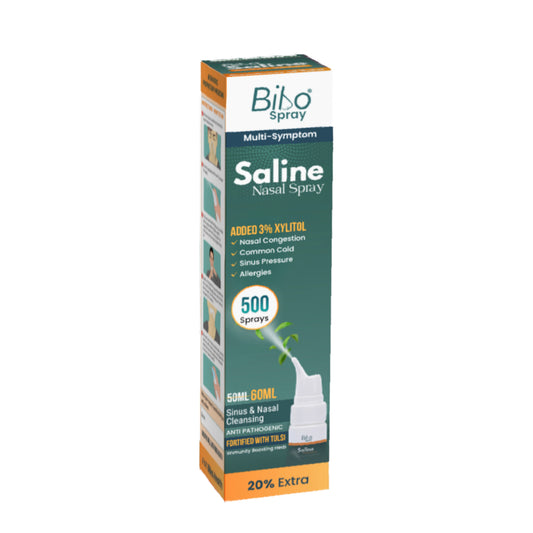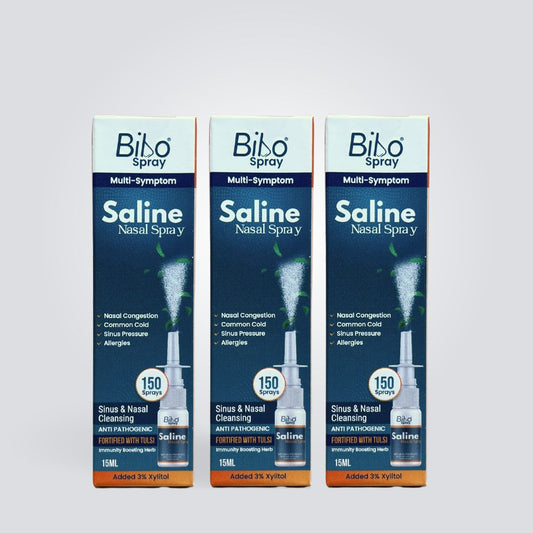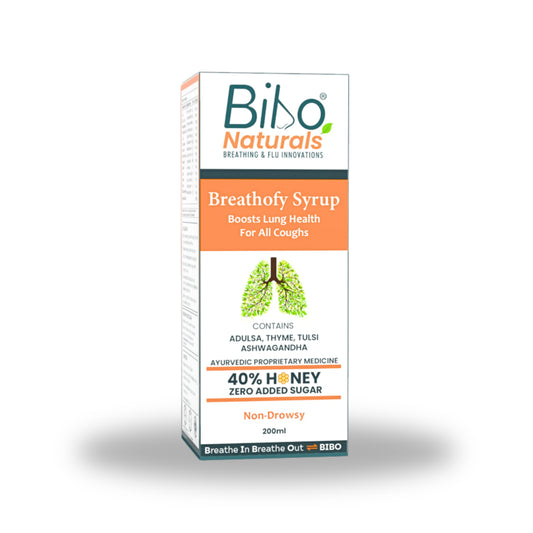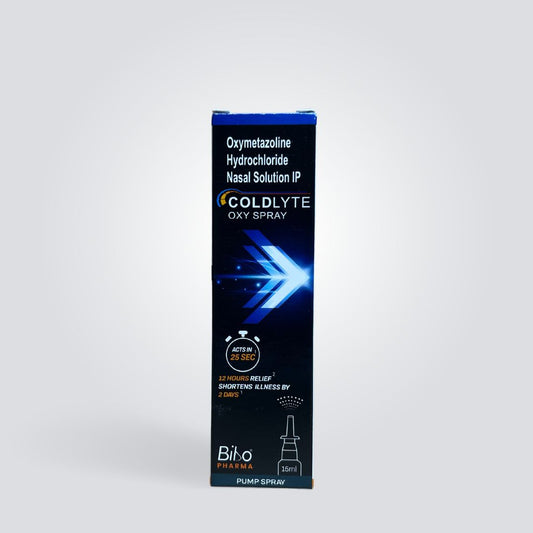The year 2019 saw the emergence of a global health crisis like no other in recent history - the COVID-19 pandemic. With it came widespread confusion and fear surrounding respiratory illnesses. Among the various concerns was the difficulty in distinguishing COVID-19 from pneumonia. Both conditions affect the respiratory system, and both can result in severe consequences. Yet, they are fundamentally different in terms of their causes, symptoms, transmission, and impact on public health. In this blog, we will explore the critical differences between pneumonia and COVID-19, shedding light on these distinct diseases that have played pivotal roles in reshaping the world.
Pneumonia, often referred to as a common respiratory infection, is a deceptive term. It does not represent a single disease but rather a broad category encompassing various lung infections. Pneumonia can be caused by a range of microorganisms, including bacteria, viruses, fungi, and other pathogens. The common denominator in all these cases is the infection and inflammation of the lung's air sacs, also known as alveoli. This inflammation leads to symptoms such as fever, cough, and difficulty breathing.
In stark contrast, COVID-19, an acronym for "Coronavirus Disease 2019," is caused by the novel coronavirus SARS-CoV-2. It was first identified in Wuhan, China, towards the end of 2019 and swiftly transformed into a global pandemic. COVID-19 is primarily transmitted through respiratory droplets when an infected person coughs, sneezes, or even talks. The virus can also survive on surfaces, leading to transmission via touch, making it highly contagious.
Causes:
One of the primary distinctions between pneumonia and COVID-19 lies in their causes.
Pneumonia can be triggered by a wide array of microorganisms, including bacteria like Streptococcus pneumoniae, viruses like influenza and respiratory syncytial virus (RSV), and fungi such as Pneumocystis jirovecii. The underlying cause of pneumonia is crucial in determining the course of treatment and the choice of antibiotics or antiviral medication.
COVID-19, on the other hand, is caused specifically by the novel coronavirus SARS-CoV-2. This virus, a member of the coronavirus family, is responsible for the unique clinical features and global impact of the disease. The virus's genetic makeup is a critical factor, as it influences transmission, severity, and the development of vaccines and treatments.
Symptoms:
While pneumonia and COVID-19 both affect the respiratory system, they exhibit distinct symptom profiles. Recognizing these differences is crucial for accurate diagnosis and appropriate medical intervention.
Common symptoms of pneumonia include fever and chills, cough with mucus production, shortness of breath, chest pain (especially when breathing deeply), fatigue, muscle aches, and sometimes confusion, particularly among older adults.
COVID-19 typically presents with symptoms such as fever or chills, a dry cough, shortness of breath or difficulty breathing, fatigue, muscle or body aches, headache, sore throat, and a loss of taste or smell. Some patients may also experience congestion or a runny nose, as well as nausea, vomiting, or diarrhea. The loss of taste and smell is a notable symptom unique to COVID-19 and is not commonly associated with pneumonia.
It's essential to note that COVID-19 can also lead to pneumonia in some cases, further complicating the clinical picture.
Diagnosis:
Diagnosing pneumonia and COVID-19 involves different approaches and tests.
The diagnosis of pneumonia typically begins with a physical examination by a healthcare provider, who will evaluate symptoms and listen to the patient's chest. Chest X-rays or CT scans may be used to assess the lung's condition and identify areas of infection or inflammation. Blood tests and sputum cultures may also be conducted to determine the causative microorganism and guide treatment decisions.
In contrast, COVID-19 diagnosis primarily relies on molecular tests such as the Polymerase Chain Reaction (PCR) test. These tests detect the presence of SARS-CoV-2 genetic material in respiratory samples, typically collected through nasopharyngeal or throat swabs. Rapid antigen tests are also available for quick screening but may have lower sensitivity compared to PCR tests.
Treatment:
The approaches to treating pneumonia and COVID-19 differ significantly.
Treatment for pneumonia depends on the type and cause of the infection. Bacterial pneumonia is often treated with antibiotics, while viral pneumonia may require antiviral medication. Supportive care, including adequate rest, hydration, and fever-reducing medication, is essential for recovery.
There are currently no specific antiviral drugs available to treat COVID-19.
Treatment focuses on managing symptoms and providing supportive care. This may involve hospitalization for severe cases and supplemental oxygen therapy or mechanical ventilation for patients with acute respiratory distress.Preventing both pneumonia and COVID-19 involves some common measures, but there are distinctions in prevention strategies as well.
Vaccination plays a critical role in preventing bacterial pneumonia. Vaccines such as the pneumococcal vaccine and the influenza (flu) vaccine help reduce the risk of these infections.
Avoiding exposure to tobacco smoke and other pollutants is another key preventive measure.
COVID-19 prevention centers around vaccination. Multiple COVID-19 vaccines have been developed globally, offering protection against severe illness and transmission.
Public health measures, including lockdowns, travel restrictions, mask mandates, and physical distancing, have been implemented worldwide to curb the spread of the virus.
Recognizing these differences is vital for accurate diagnosis, effective treatment, and the implementation of appropriate public health measures. It not only aids healthcare professionals in delivering the best care but also empowers individuals to take the necessary precautions to protect themselves and their communities.




